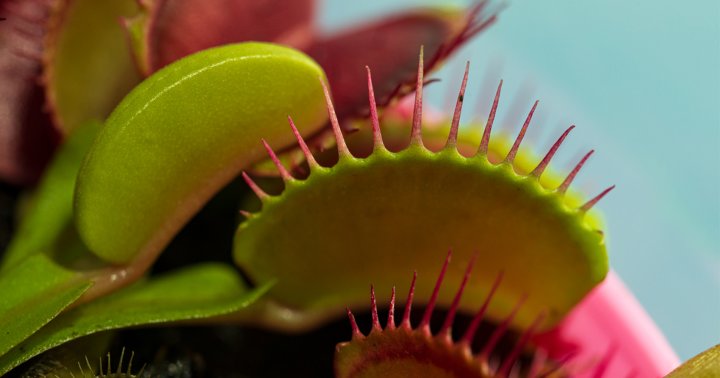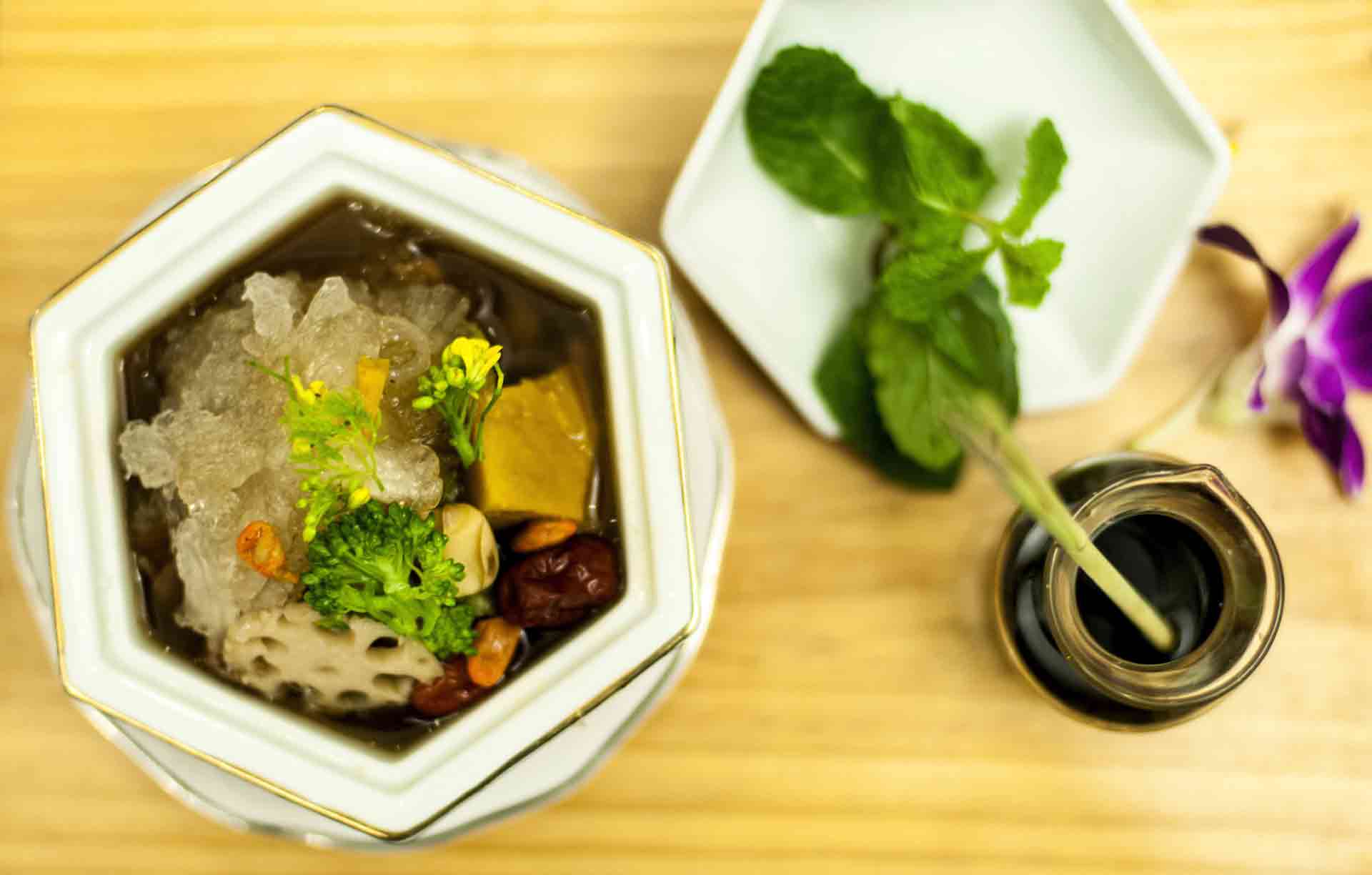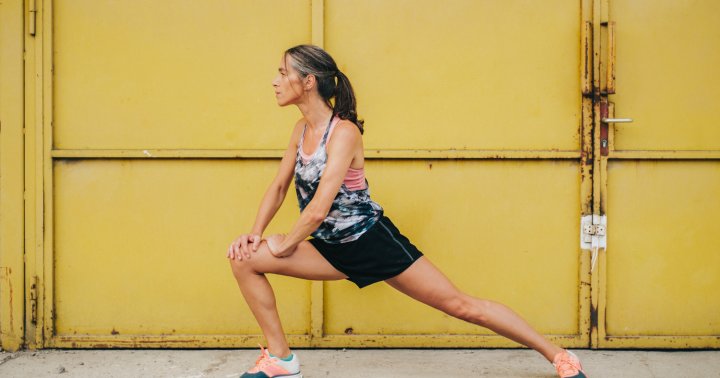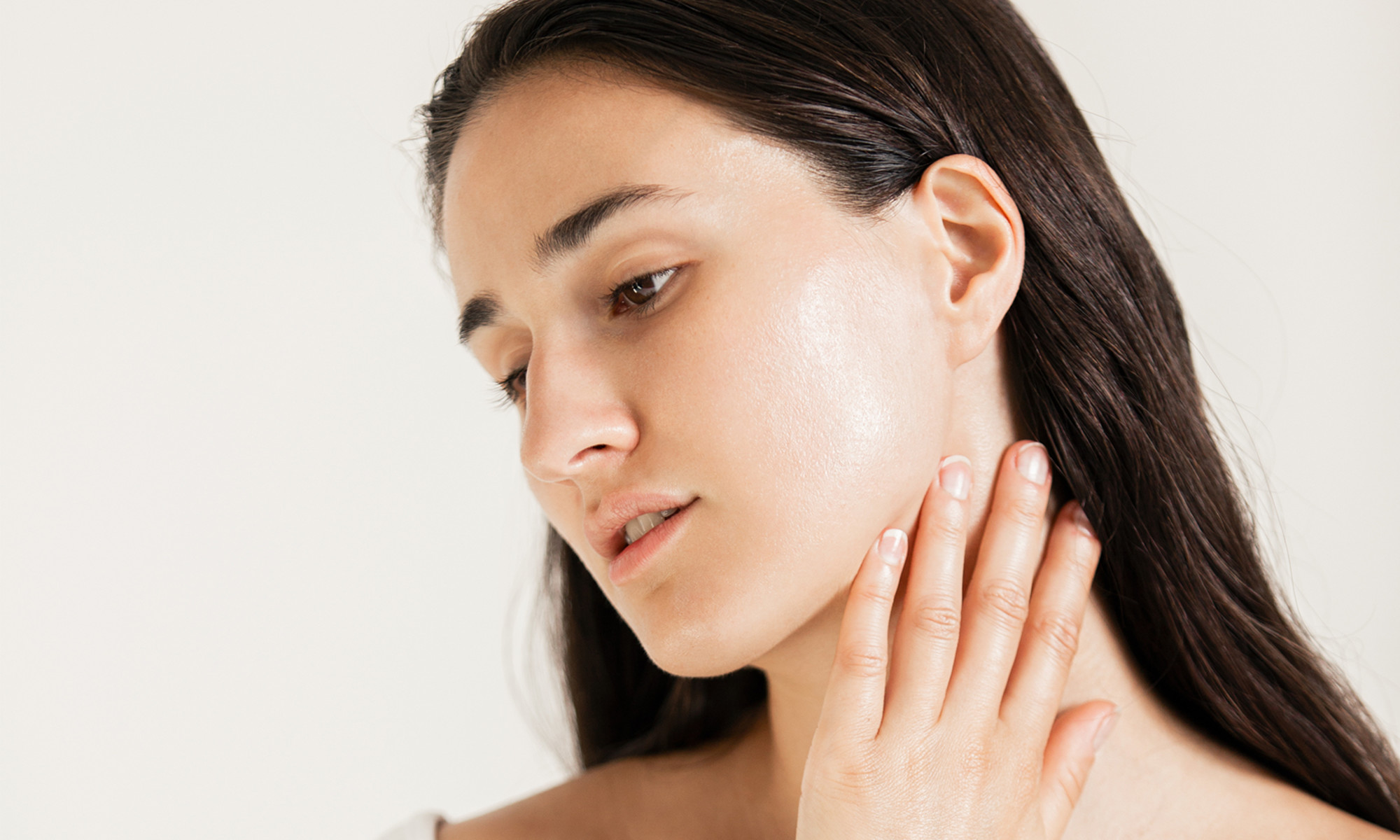Glazed Donut Skin Is Out — Do This To Plump Fine Lines Instead
Got milk?
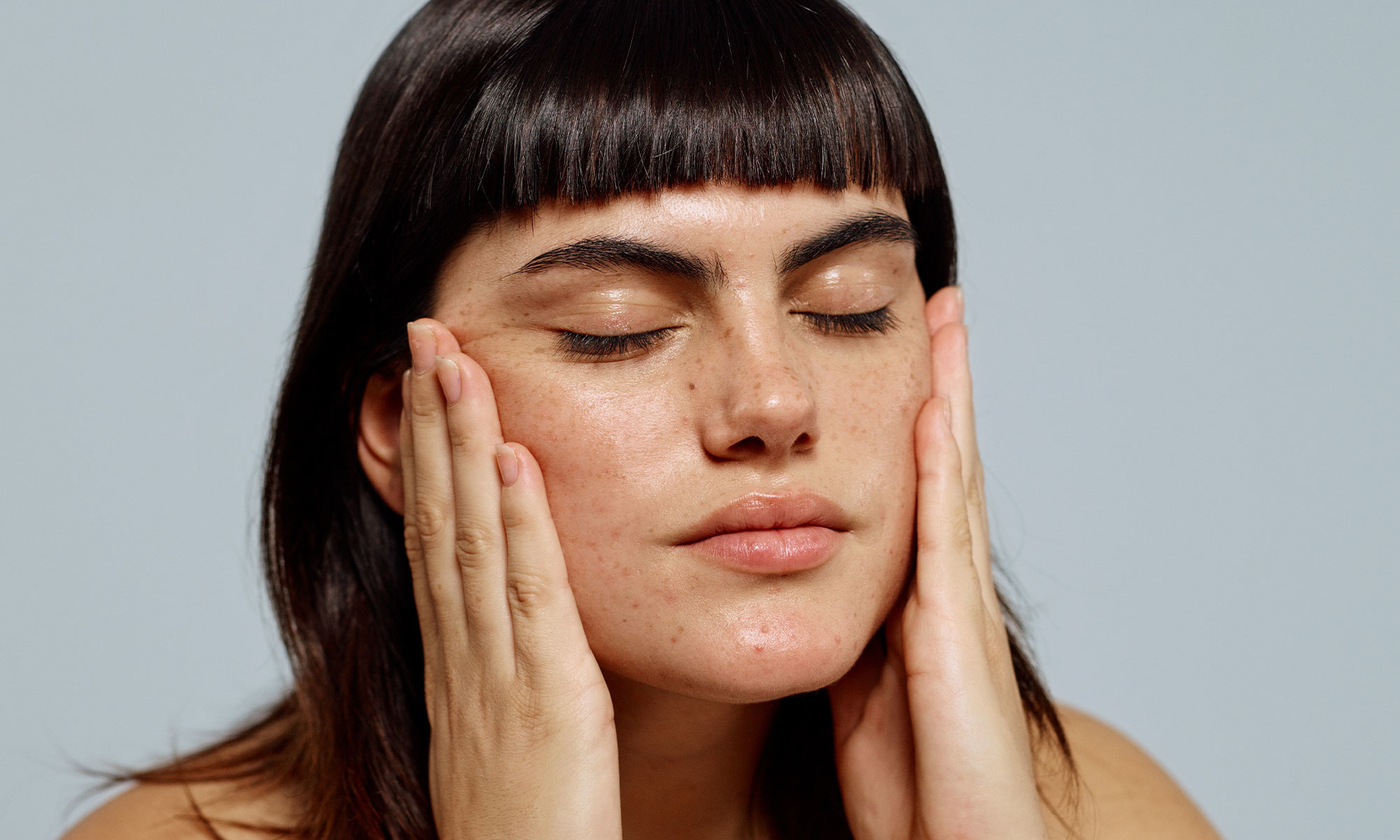
Image by ohlamour studio / Stocksy June 16, 2023 Our editors have independently chosen the products listed on this page. If you purchase something mentioned in this article, we may As a beauty editor, I like to say my email inbox functions as one giant trend report. While sifting through product launches, upcoming partnerships, and the like, I take note of any patterns or similarities across different categories. Is there a certain ingredient beauty brands are loving right now? Any ebbs and flows I can glean from what’s new on the market? The reason I offer this peek behind the curtain is because recently, a particular category has taken my inbox by storm. Beauty fans, it seems, want to flood their skin with milk.
Advertisement
This ad is displayed using third party content and we do not control its accessibility features.
Goat’s milk, cow’s milk, even plant-based oat and almond—milk bath beauty has officially entered the chat (though we can argue it never even left). What is milk bath beauty?
Before I go on, let me just say that milky skin is not a “new” trend by any means. Milk has been part of the beauty zeitgeist for ages—I’m talking centuries. Cleopatra herself has been rumored to frequent milk baths for their skin aging benefits!
Even today, many folks submerge their angry, inflamed skin in a tub of warm milk (goat, cow, coconut, rice, oat, et al.) to soothe, hydrate, and soften the skin.
"Milk is very soothing and conditioning for the skin; that's why you'll see a lot of hand soaps, body soaps, and products made with goats' milk because it is super hydrating," board-certified and renowned esthetician Caela Bulzing once told mbg. Animal-based milk in particular has natural fats that can help build up the skin barrier and seal in moisture. “In addition, [animal-sourced] milk contains enzymes and lactic acid that can help gently exfoliate dead cells,” says cosmetic chemist Victoria Fu, co-founder of Chemist Confessions.
And similar to those DIY milk soaks, “milky” beauty products tend to have a nourishing, calming feel—and some don’t even use actual milk at all. Today, milky beauty products may speak more to a product’s textural elements than the ingredients inside the goop.
“Milky products tend to be positioned as gentle, soothing products,” says cosmetic chemist and Chemist Confessions co-founder Gloria Lu. “There’s also probably some influence from Asian skincare with milky essences and toners.”
There’s also something about a milky confection that really feels like feeding your skin. After all, milk is what provides us with essential nutrients at birth and supports growth and development. Milk, in a way, is the essence of life.
Milk bath beauty today
So why the current obsession with milk? Well, Fu and Lu credit the fixation to social media and the weather. (Sounds like a stretch, but trust, the two are more similar than you think.)
“In today's social media-heavy world, milky textures make great visual videos compared to, say, a more traditional thick cream,” says Fu. Let’s be real: I’d be lying if I said I never purchased a product after seeing its cloudy, supple texture on the ‘gram.
I'd argue why "glazed donut skin" became the leading phenomenon it is today; when TikTok users gloss their skin until viewers can practically feel the dew dripping off the screen, it likely makes you want to want invest in whatever they're selling. Not to mention, we've often used food to describe enticing beauty looks online (Jello skin, dewy dumpling skin, etc.), and milky skin is just another iteration off the trend.
Those light, luscious textures may also be more attractive during warmer months—aka, right about now. “Hotter climates spur the hunt for lighter moisturizing textures, and essences can be a lighter alternative during summer months, especially for oily skin types,” Lu adds.
Advertisement
This ad is displayed using third party content and we do not control its accessibility features.
What makes a product “milky?”
As you can probably tell by now, there are multiple different varieties of milk used in beauty products. You have animal-based milks—cow, goat, donkey—and you have plant-based options that create a milky-like liquid, like coconut, oat, and rice. One recently launched beauty brand even infuses their products with breast milk (we’ll save that story for another day).
But here’s the thing about milk bath beauty: In skin care, “There’s no single ingredient that can make a formula milky,” says Fu. “It takes proper formulation of water and oil components to get that thin, milky texture.” For example, a product marketed as a “milky toner” might not have actual milk in it at all; it might have oat or rice extracts, but it’s the specific oil-water ratio that delivers that milky consistency.
On that note, just because something is marketed as “milky” doesn’t automatically make it calming. “We'd still have to decode each product's ingredient list to figure out their benefits,” says Fu.
For example, some milk-infused formulas naturally contain lactic acid, which may be better for acne-prone individuals or those looking to smooth fine lines. Folks with sensitive skin, on the other hand, may want to stick to strictly calming confections.
Best milky products
Ready to shop? Below, find the best milk bath beauty products to plump the skin and smooth fine lines.
rhode skin Glazing Milk
$ 29
Bieber, you did it again! rhode’s newest offering is just as lightweight and nourishing as advertised: With beta-glucan (an antioxidant-rich active that comes from oats), fatty acids, and a trio of barrier-supporting ceramides, this essence truly feeds the skin with the nutrients it craves.
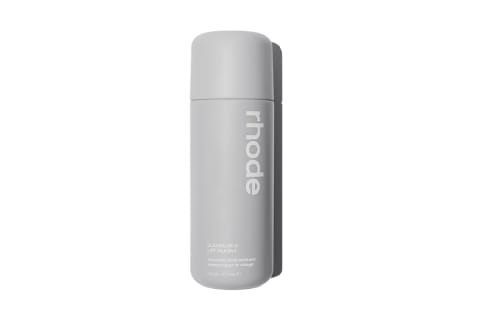
By/RosieJane Everyday Body Milk
$ 28
I never knew I needed a body toner until testing this product. The milky substance (from sunflower seed and jojoba oils) instantly plumps my skin, while the witch hazel, turmeric, and aloe tighten any crepey areas and brighten discoloration.
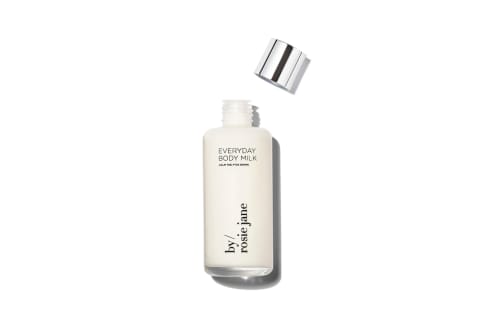
cocokind Oil To Milk Cleanser
$ 18
I’m almost out of this gentle cleanser, and I’m genuinely bummed—good thing it’s under $20! The oil-balm consistency instantly transforms into a lightweight milk upon contact with water, making it the perfect morning wash for dehydrated skin. It contains oat kernel extract and oat oil, which is what makes it so cushiony—like a frothy oat latte for your complexion.
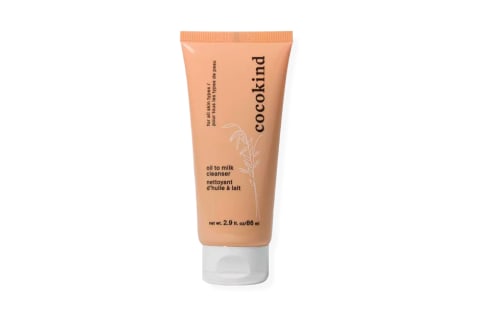
good light Moon Glow Milky Toning Lotion
$ 22
For those searching for a milky exfoliator, look no further than this gentle, lightweight confection. It contains AHAs to slough off dead skin cells, but with ceramides, hydrating snow mushroom, and oat extract, it does so without compromising your skin barrier.
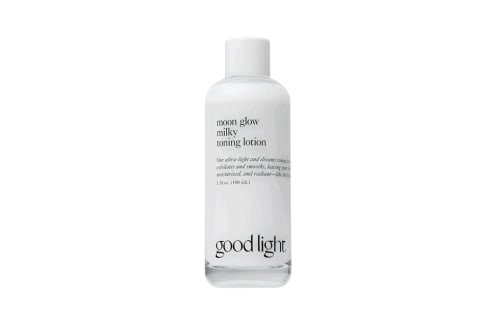
The takeaway
If you fancy soothing, milky beauty products, you’re not the only one. I personally tend to gravitate towards anything with a “milky” consistency, as there’s something about it that just feels comforting on the skin. According to chemists, that “something” doesn’t even have to be milk itself—in the era of alternative milks, of course we’d find a way to nail the consistency without going full-on dairy.
Advertisement
This ad is displayed using third party content and we do not control its accessibility features.

 Troov
Troov 









